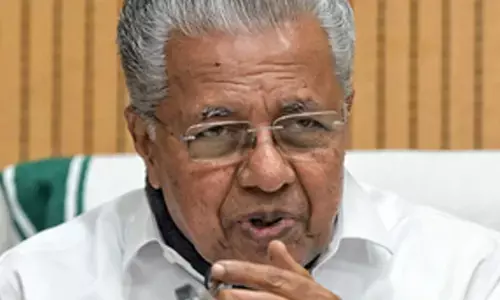Learn about storms

Weve all experienced thunderstorms at one time for another Although some parts of the US average 10 or less a year, a few areas have 100 or more to make up for it Meteorologists, scientists who study the weather, think that Kampala, Uganda in East Africa, probably holds the world record for annual thunderstorms at least 242 occurred in just one year Although we already know what a thunder
We’ve all experienced thunderstorms at one time for another. Although some parts of the U.S. average 10 or less a year, a few areas have 100 or more to make up for it! Meteorologists, scientists who study the weather, think that Kampala, Uganda (in East Africa), probably holds the world record for annual thunderstorms: at least 242 occurred in just one year! Although we already know what a thunderstorm is like, here’s how it actually works.
The first thing to note is that warm air rises. Thunderstorms form either when a cold front pushes a warm mass of air up, or when a warm surface temperature (from a hot summer day, for example) heats the air above it. This causes an updraft and the warm air, which holds moisture, forms a cloud as it reaches cooler temperatures. This is called the cumulus stage. The cloud continues to grow, reaching a mature stage. Cold air enters the cloud from the sides and causes a downdraft, although the updraft continues. Ice crystals form at the top and start falling downward through the cloud. Precipitation starts, with rain or even hail, and thunder and lightning. Usually after 30 minutes, the final or dissipating stage begins, with the cold downdrafts pulling the storm apart. There is lighter precipitation as the storm breaks up, usually ending after just an hour.
Lightning occurs because of electrical charges, usually the attraction of positive and negative charges between the thundercloud and the ground. However, lightning can occur within a cloud or even run from the ground up to the cloud. Thunder is the result of the lightning super-heating the molecules in the air, causing shock wave vibrations that are the sound waves we hear. Even though the sound waves begin with the lightning, it takes longer for sound to travel than for light and so we hear a clap of thunder after we’ve seen the lightning bolt. Tornadoes are closely associated with thunderstorms.















